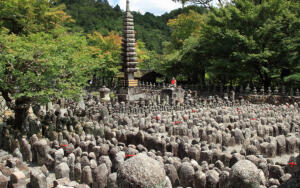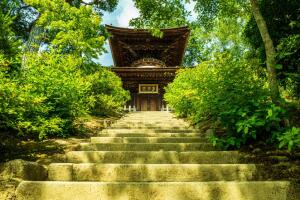Daikakuji is a 15-minute walk north of JR Saga-Arashiyama Station (240 yen from Kyoto Station) or a 25-minute walk from Keifuku Arashiyama Station. You can also take bus 91 from Saga-Arashiyama Station (5 minutes, 230 yen) or bus 28 from central Arashiyama (10 minutes, 230 yen); both buses run every 20 minutes.
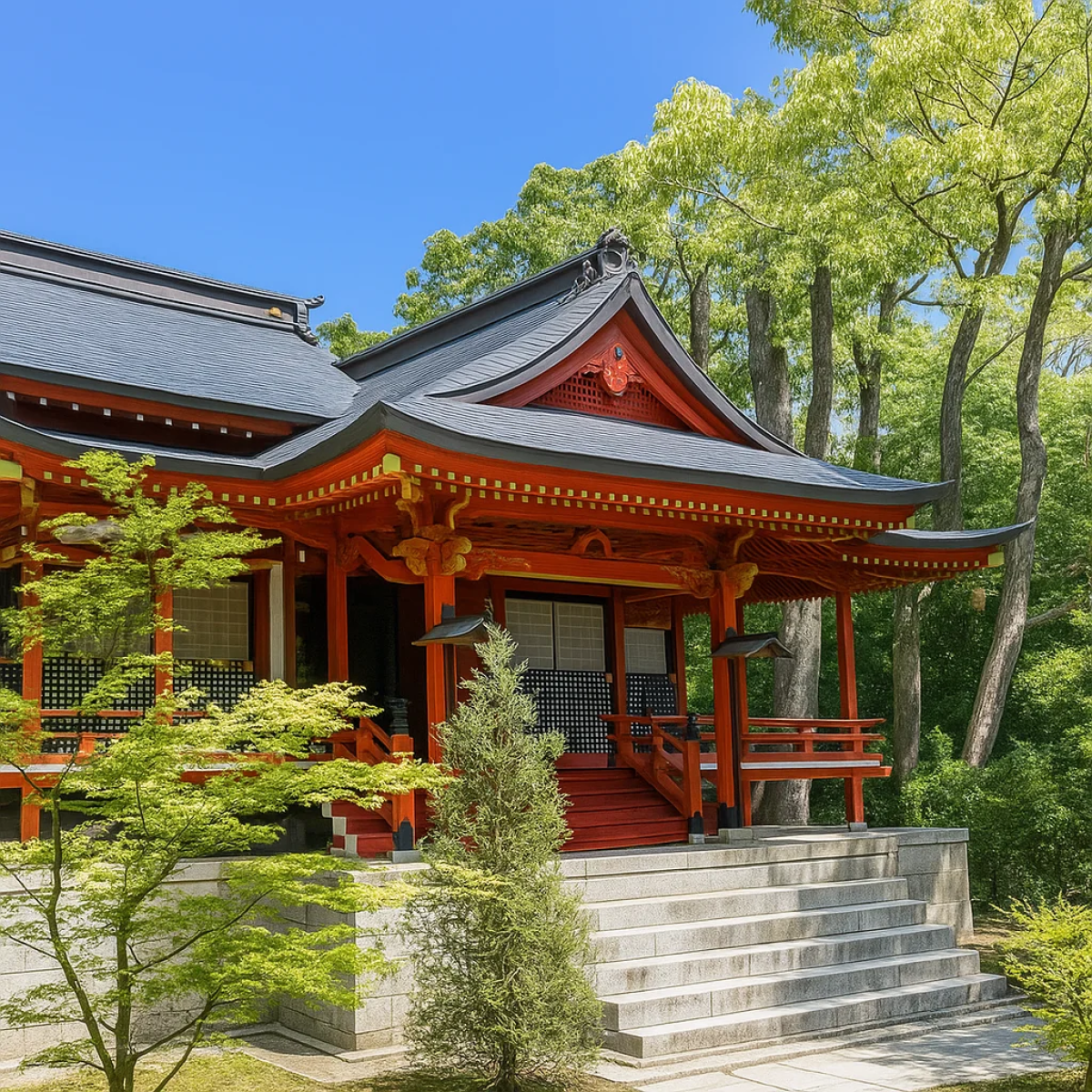
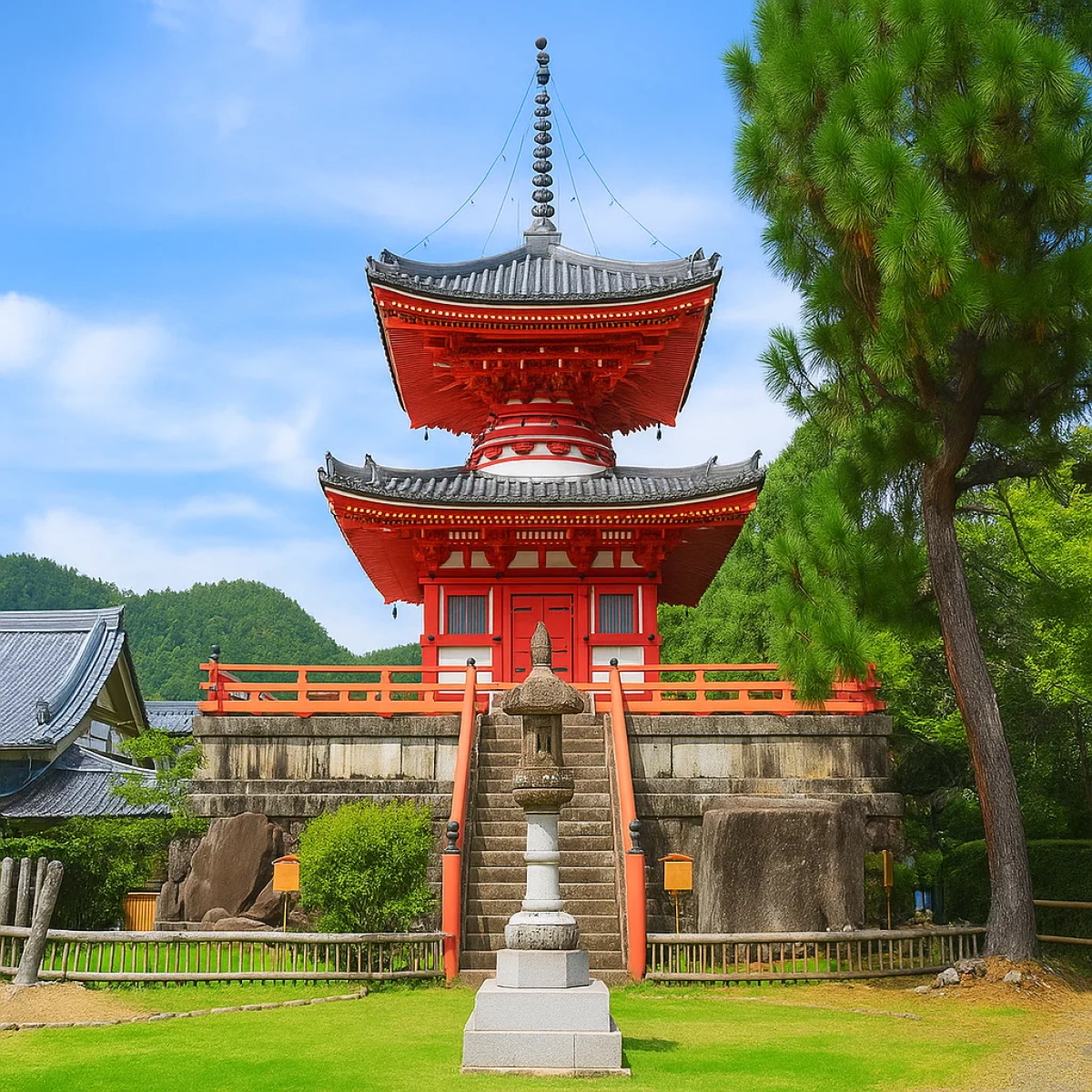


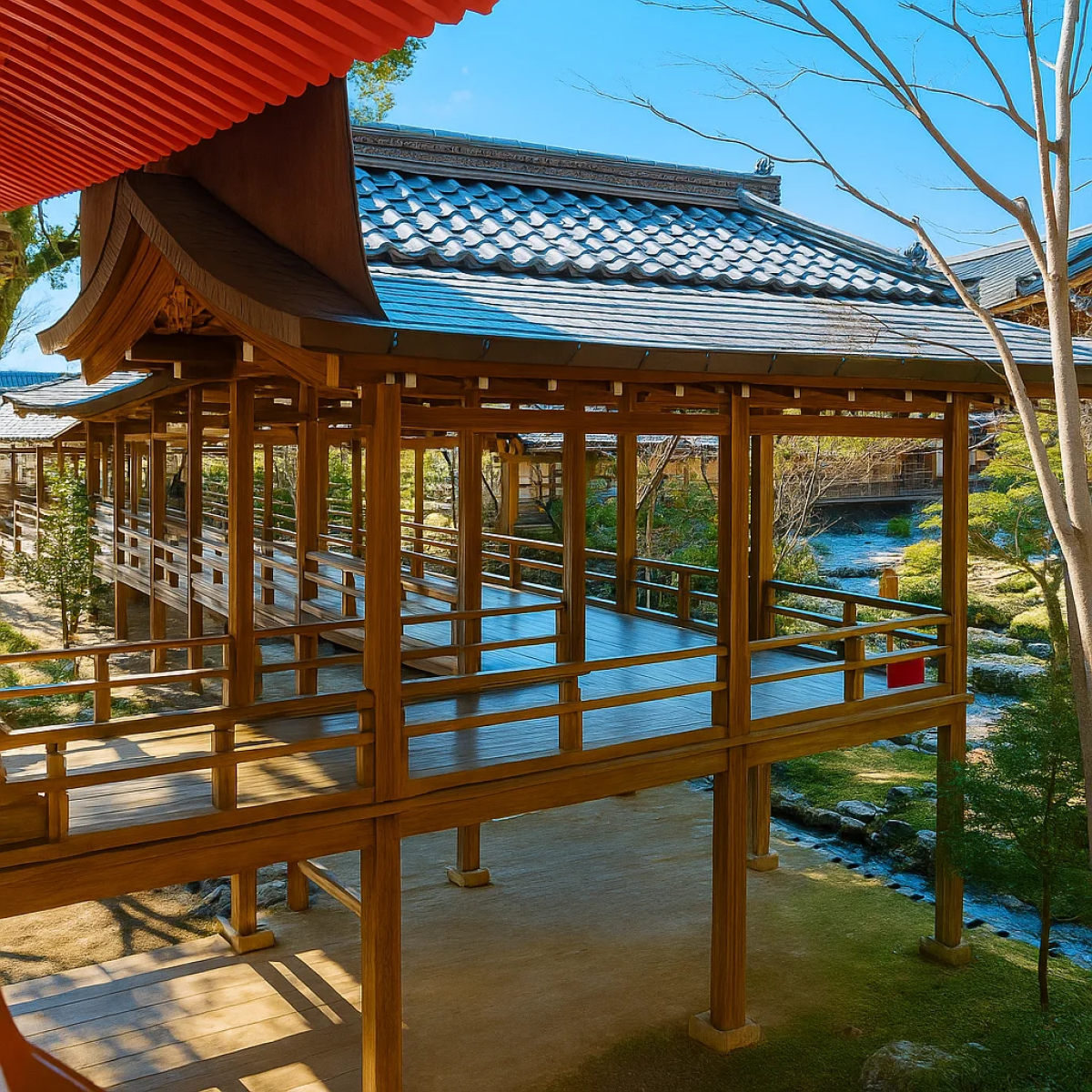
Daikakuji Temple
Daikakuji (大覚寺), located in Kyoto's scenic Sagano district, was originally constructed in the early 9th century as a detached imperial villa for Emperor Saga. Following the emperor’s death, the villa was converted into a temple and became one of the highest-ranking temples of the Shingon school of Buddhism. Throughout its long history, Daikakuji has played an important role in Japan’s political and cultural landscape, serving as the venue for peace negotiations during the 12th century and even influencing classical literature, including The Tale of Genji. The temple’s deep imperial connections and rich heritage make it an essential stop for those interested in Kyoto's historical legacy.
Visitors can explore a variety of impressive structures, such as the Heart Sutra Hall (Shingyoden), which houses a sacred handwritten copy of the Heart Sutra believed to bring protection and good fortune. The temple grounds also feature the famous Osawa Pond, one of Japan’s oldest surviving garden ponds, originally designed by Emperor Saga over 1,200 years ago. The tranquil setting offers stunning seasonal scenery, with cherry blossoms in spring and vibrant foliage in autumn drawing many visitors. Daikakuji’s combination of historical importance, imperial elegance, and natural beauty makes it a uniquely captivating destination in Kyoto.
Hours and Fees
- Opening hours
-
9:00 to 17:00 (last admission 16:30)
- Closed
-
No closing days
- Entrance fee
-
500 yen (temple)
300 yen (garden around Osawa Pond)
Getting there
Resources
Nearby
Reviews
There are no reviews

